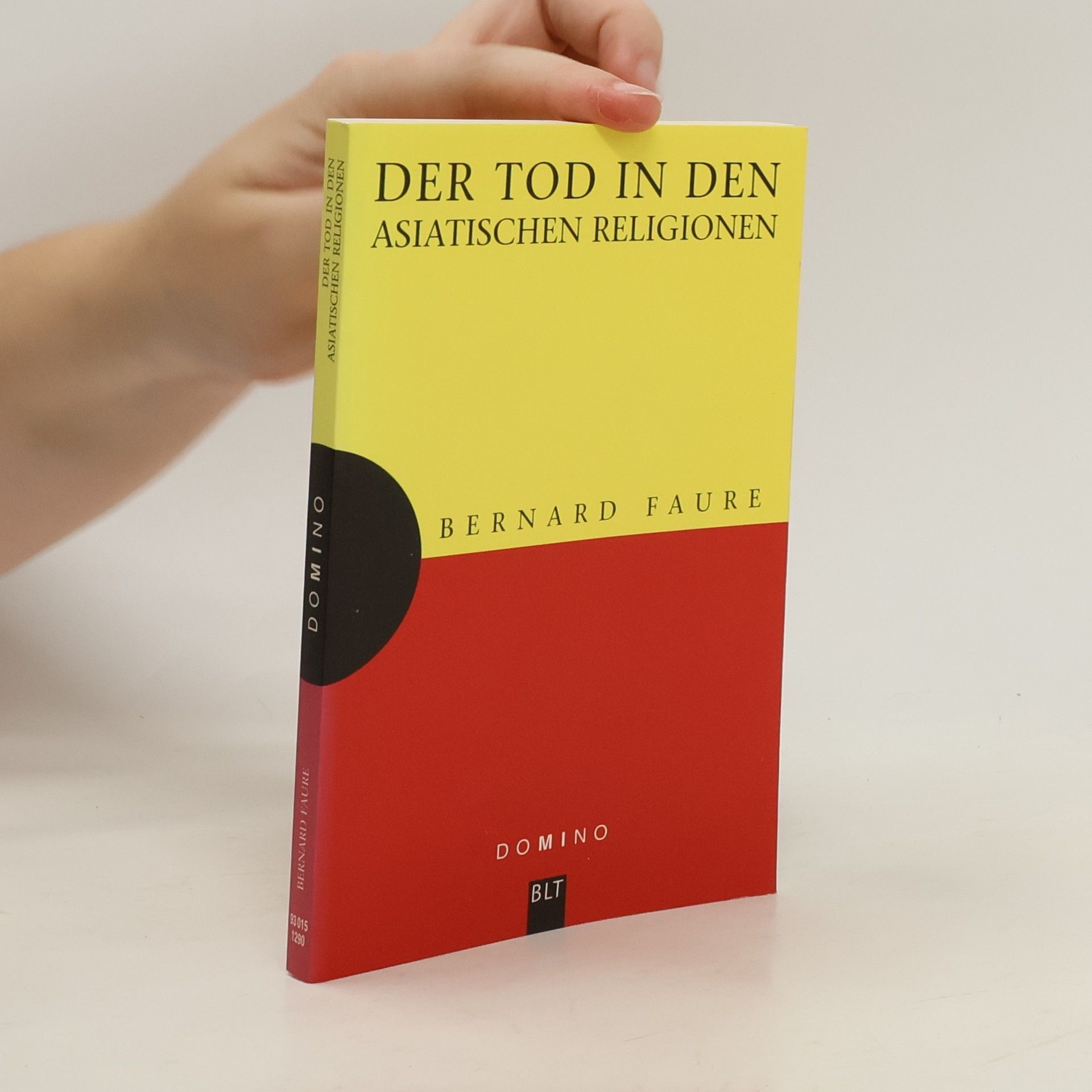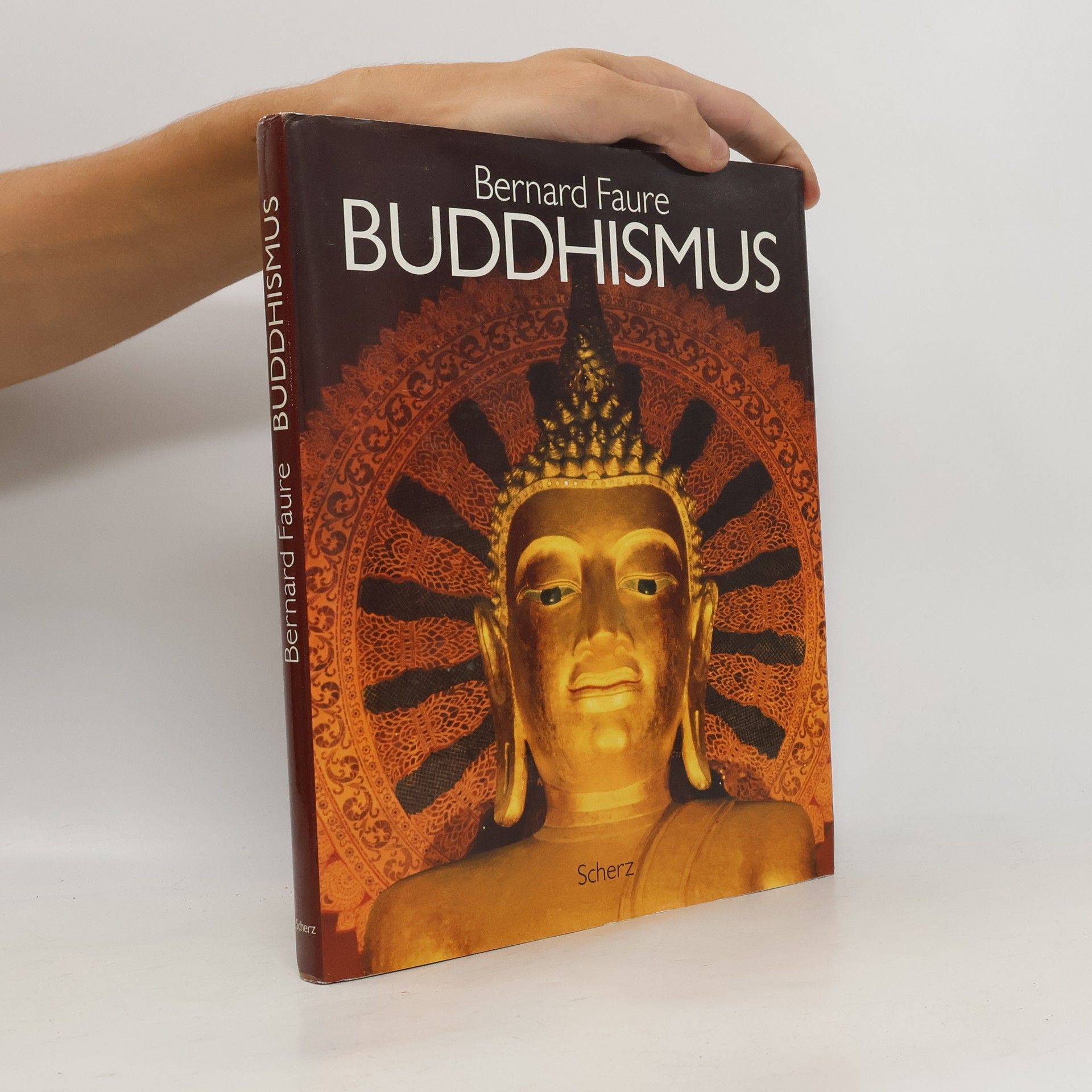The Thousand and One Lives of the Buddha
- 324bladzijden
- 12 uur lezen
"Many biographies of the Buddha have been published in the last 150 years, and all claim to describe the authentic life of the historical Buddha. This book, written by one of the leading scholars of Buddhism and Japanese religion, starts from the opposite assumption and argues that we do not yet possess the archival and archeological materials required to compose such a biography: All we have are narratives, not facts. Yet traditional biographies have neglected the literary, mythological, and ritual elements in the life of the Buddha. Bernard Faure aims to bridge this gap and shed light on a Buddha that is not historical but has constituted a paradigm of practice and been an object of faith for 2,500 years. The Thousand and One Lives of the Buddha opens with a criticism of the prevalent historicism before examining the mythological elements in a life of the Buddha no longer constrained by an artificial biographical framework. Once the search for the "historical Buddha" is abandoned, there is no longer any need to limit the narrative to early Indian stories. The life-or lives-of the Buddha, as an expression of the creative imaginations of Buddhists, developed beyond India over the centuries. Faure accordingly shifts his focus to East Asia and, more particularly, to Japan. Finally, he examines recent developments of the Buddha's life in not only Asia but also the modern West and neglected literary genres such as science fiction"-- Provided by publisher




